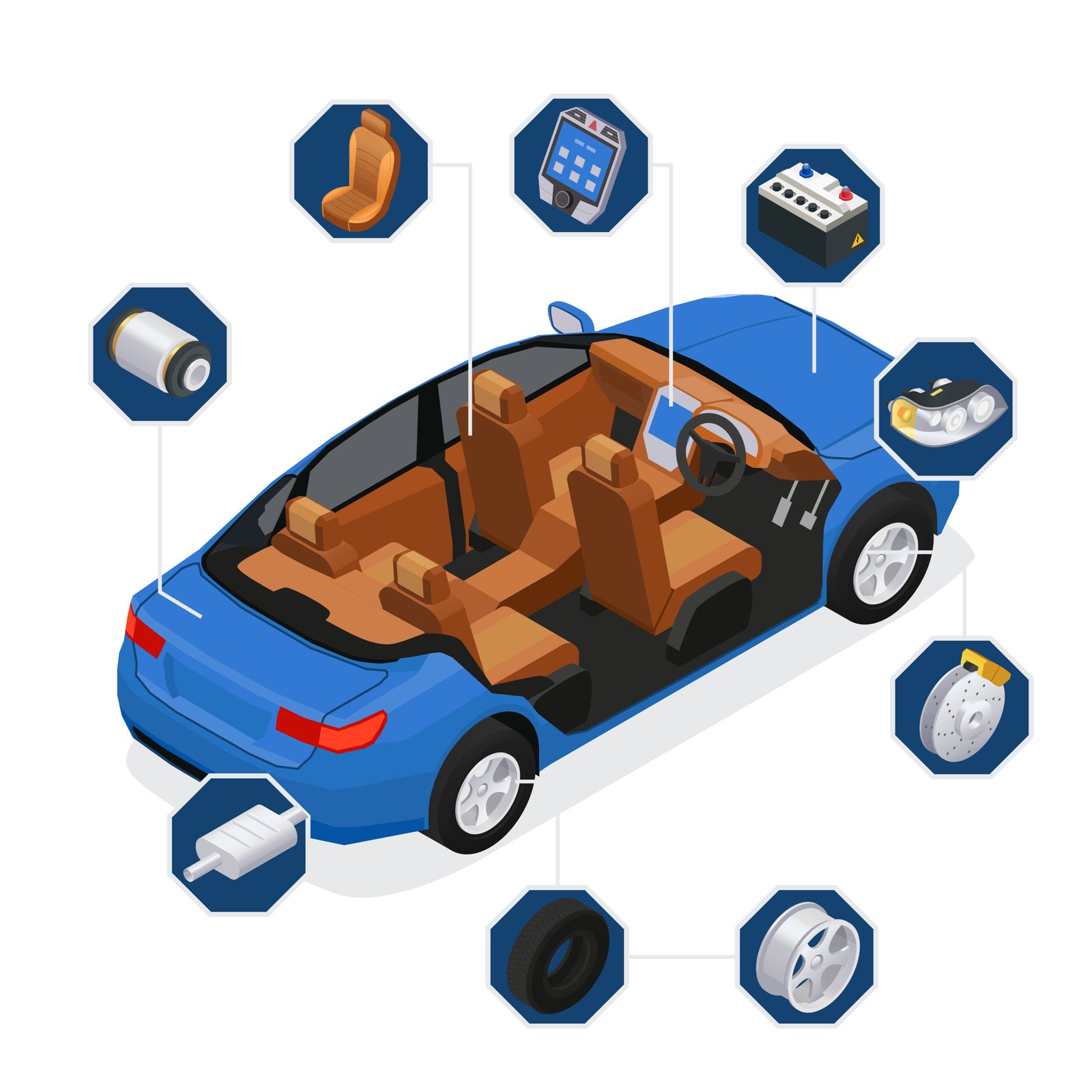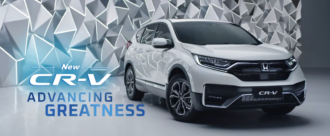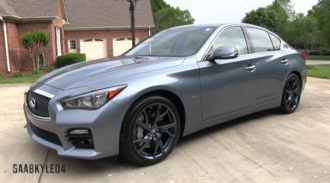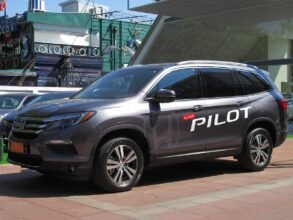How Car Safety Tech is Revolutionizing Hit and Run Investigations?
Every year, car crashes kill about 1.35 million people around the world. This shocking number shows how badly we need to improve road safety steps immediately. In this way, technological advances give us new reasons to be hopeful because they give us new ways to make the roads safer. New drivers and tech fans especially need to understand these changes in technology. This study looks at how technology has changed people’s drive, starting with the most basic safety features and moving on to the most cutting-edge systems available today. Focusing on the technology’s ability to save lives, this conversation aims to teach and interest experts by going into its past, current state, and possible future.
People and police officers worldwide are upset about the high number of hit and run situation. Victims may feel anxious, and investigations into these crimes often take a long time because no witnesses or proof are found right away. However, things are starting to look up thanks to the creation of safer car technologies that show hope for better crime fighting.
The Evolution of Car Safety Technology
In the past, simple safety features like airbags and seat belts kept people safe in an accident. Now, there are complicated systems that can both stop accidents before they happen and gather essential data that can help with investigations. In this part, we’ll look at how different technologies have changed over time so that you can better understand what they can do now.
It’s important to note how well these methods work:
- When systems include forward collision warning and automatic stopping, rear-end collisions drop by 50%. When systems only include forward collision warnings, crashes drop by 27%.
- Automatic braking systems that detect when a person is present can reduce accidents involving pedestrians by 27%.
- Big rigs with front crash avoidance systems have also been shown to have lower rates of rear-end accidents.
- If you can’t avoid a crash altogether, lowering the speed at which you hit something makes it less dangerous and less likely that someone will get hurt.
- Researchers found that automatic braking cut down on rear-end collisions that hurt people more than they cut down on rear-end collisions of any seriousness.
How and why do telematics and GPS work?
Telematics systems are an essential tool in the fight against hit-and-run crimes because they can collect and send data about how a car is used, where it is, and what it does. In addition to tracking a car’s exact location via GPS, different sensors can gather information on the event’s speed, direction, and force of contact to give a complete picture of what happened.
New ways to record video, from dashcams to other devices
Thanks to the widespread use of dashboard cameras (dashcams) and the addition of exterior car cameras, police departments can now get their hands on valuable visual evidence. In this part, we’ll talk about how these devices record events, like hit-and-runs, in real-time, making it much easier to find the people responsible and assemble the puzzle. Systems like eCall in the EU call the police and fire departments right away after a significant accident. This lets them respond quickly, even if someone hits someone and leaves the scene. This technology helps with rescue efforts immediately and ensures that events are recorded rapidly and written down, which helps with early investigations.
Examples from real life and successes
This section shows how automotive safety systems work in real life by presenting several case studies of them solving hit-and-run accidents. Success stories not only show that these tools are helpful, but they also discourage people from becoming criminals.
- The film from a passing car in Europe was a big step forward for dashcam technology because it helped police find the hit-and-run driver who hurt a pedestrian badly.
- Telematics Tells the Story: A hit-and-run case in the US that seemed impossible to solve was solved with the help of a suspect’s car’s tracking data. According to witnesses and what was found at the scene, the data showed a sudden acceleration followed by a sudden stop at the time and place of the crash.
- A recent Asian event showed how well social media and technology can work together to make cars safer. A video of a hit-and-run accident taken by a camera in a vehicle became popular online. This led to tips from the public, which helped police catch the person who did it.
- Ways to Call for Help in an Emergency The eCall system in the European Union saved People who were in a hit-and-run accident. After a major accident, the system instantly calls 911 and provides essential details for the subsequent investigation, like the crash’s time, position, and severity.
- The power of connectivity in law enforcement can be seen in how talking between cars, infrastructure, and networked traffic systems helped catch a hit-and-run driver quickly. Traffic cameras and data exchanged by connected vehicles in the area detailed the lousy guy’s escape route, and he was caught within hours.
Trouble spots and things to think about
Using technology to keep vehicles safe in probes has some benefits but can also be abused or used without permission. Gaps in technology between older and newer cars can also affect how well these systems work in a complete investigation framework.
- The goal is to balance people’s right to privacy with the benefits of gathering data and monitoring. People are still arguing about how much data law enforcement should be able to access and how much personal freedom should be protected.
- Data security’s primary goal is to prevent hackers and other unauthorized people from accessing stored data. As more cars are connected to the Internet, people are becoming more worried that cyberattacks could damage personal information or even make driving impossible.
- The gap between newer cars with built-in safety features and older vehicles without must be closed. Because of this difference, investigators may not have the same tools, which could hurt cases involving older or less advanced cars.
- Consider how easy these tools are to use and how much it will cost to set them up and keep them up to date, especially for government agencies. Another problem is ensuring everyone has the same access to new technology for safety and investigations.
Conclusion
Using cutting-edge car safety equipment has undoubtedly made a massive difference in hit-and-run investigations. Many people hope that these technologies, which are already commonplace, will one day help solve crimes and stop deaths. We must balance ethical concerns and ensure everyone has equal access to get the most out of new technologies that improve public safety.
FAQs
How does hit-and-run investigation technology affect car safety?
Car safety technology protects occupants and prevents accidents with various systems and equipment. Hit-and-run investigations require GPS, dashcam, telematics, and automatic emergency call system data.
How can dashcams aid hit-and-run investigations?
Dashcams record real-time footage while moving. This video can capture hit-and-runs and help identify the perpetrators.
Can telematics locate a hit-and-run?
Telematics systems track vehicle position, velocity, and heading. This data can help identify the guilty car and determine what happened in a hit-and-run.
How do GPS coordinates affect these probes?
GPS tracking shows a car’s whereabouts. By confirming the presence of a vehicle, it can help identify and apprehend hit-and-run perpetrators.
Does examining automobile safety technologies compromise privacy?
Automotive safety technology raises concerns regarding personal data collection and access. Balancing public safety and privacy is vital.


















